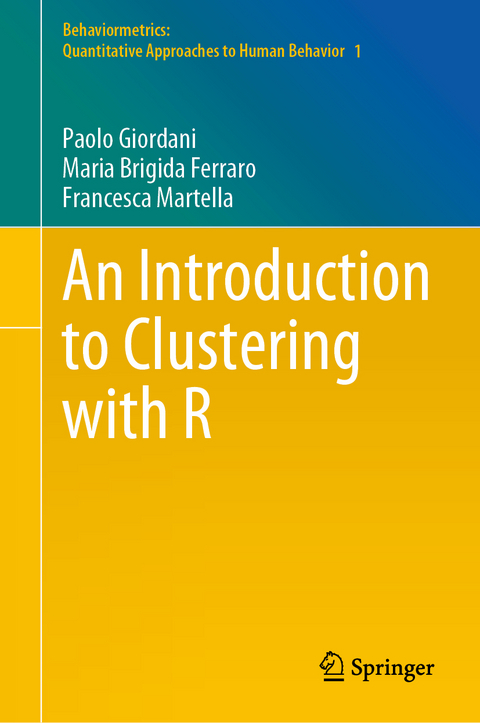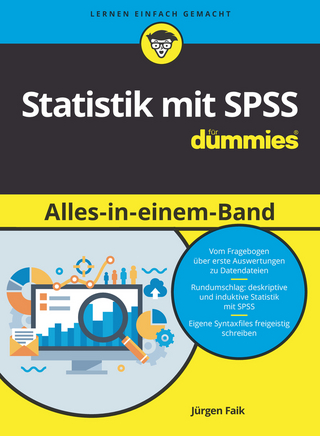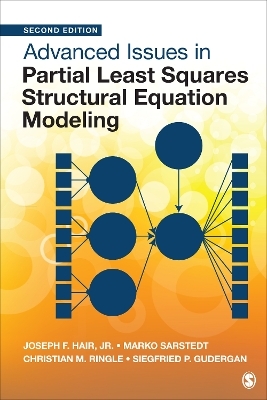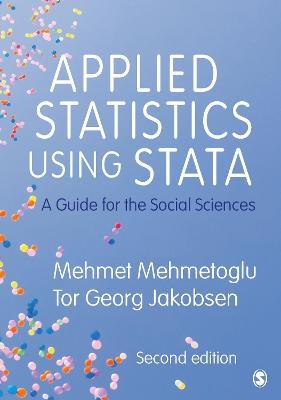
An Introduction to Clustering with R
Springer Verlag, Singapore
978-981-13-0552-8 (ISBN)
The purpose of this book is to thoroughly prepare the reader for applied research in clustering. Cluster analysis comprises a class of statistical techniques for classifying multivariate data into groups or clusters based on their similar features. Clustering is nowadays widely used in several domains of research, such as social sciences, psychology, and marketing, highlighting its multidisciplinary nature. This book provides an accessible and comprehensive introduction to clustering and offers practical guidelines for applying clustering tools by carefully chosen real-life datasets and extensive data analyses. The procedures addressed in this book include traditional hard clustering methods and up-to-date developments in soft clustering. Attention is paid to practical examples and applications through the open source statistical software R. Commented R code and output for conducting, step by step, complete cluster analyses are available. The book is intended for researchers interested in applying clustering methods. Basic notions on theoretical issues and on R are provided so that professionals as well as novices with little or no background in the subject will benefit from the book.
Paolo Giordani, Department of Statistical Sciences, Sapienza University of Rome Maria Brigida Ferraro, Department of Statistical Sciences, Sapienza University of Rome Francesca Martella, Department of Statistical Sciences, Sapienza University of Rome
Section: Introduction.- 1.1Introduction to clustering.- 1.2R software.- 2.Section: Standard algorithms.- 2.1Introduction.- 2.2Distances and dissimilarities.- 2.3Hierarchical methods.- 2.4Non-hierarchical methods.- 2.5Cluster validity.- 3.Section: Fuzzy algorithms.- 3.1Introduction.- 3.2Fuzzy K-means.- 3.3Fuzzy K-medoids.- 3.4Other fuzzy variants.- 3.5Cluster validity.- 4.Section: Model-based algorithms.- 4.1Introduction.- 4.2 Mixture of Gaussian distributions.- 4.3Mixture of non-Gaussian distributions.- 4.4 Parsimonious mixture models.
| Erscheinungsdatum | 04.09.2020 |
|---|---|
| Reihe/Serie | Behaviormetrics: Quantitative Approaches to Human Behavior ; 1 |
| Zusatzinfo | 59 Illustrations, color; 112 Illustrations, black and white; XVII, 340 p. 171 illus., 59 illus. in color. |
| Verlagsort | Singapore |
| Sprache | englisch |
| Maße | 155 x 235 mm |
| Themenwelt | Mathematik / Informatik ► Mathematik ► Computerprogramme / Computeralgebra |
| Mathematik / Informatik ► Mathematik ► Wahrscheinlichkeit / Kombinatorik | |
| Naturwissenschaften ► Biologie | |
| ISBN-10 | 981-13-0552-8 / 9811305528 |
| ISBN-13 | 978-981-13-0552-8 / 9789811305528 |
| Zustand | Neuware |
| Informationen gemäß Produktsicherheitsverordnung (GPSR) | |
| Haben Sie eine Frage zum Produkt? |
aus dem Bereich


